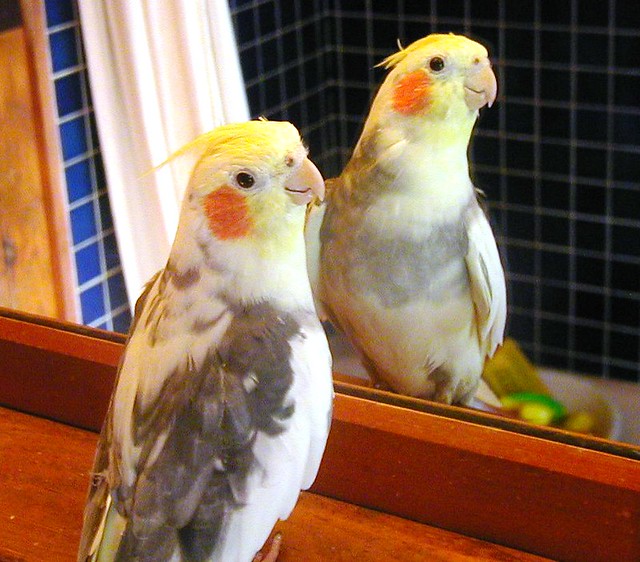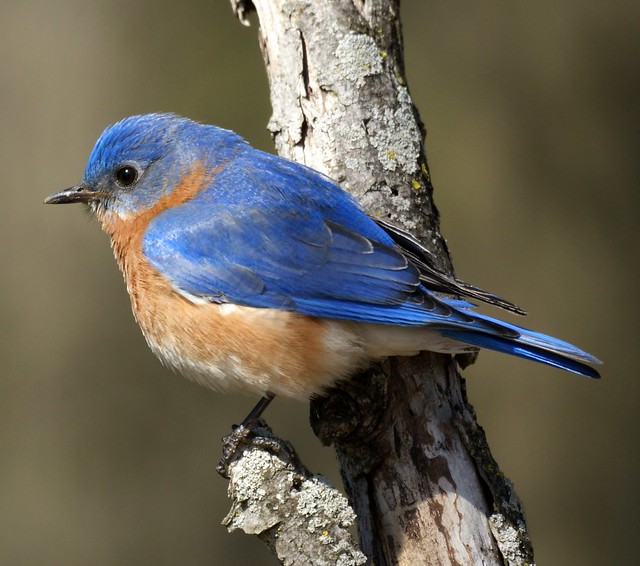 |
| By J. G. Keulemans, in W.L. Buller's A History of the Birds of New Zealand, 2nd edition. Published 1888. (Photo credit: Wikipedia) |
They have a very strong smell which often leads their predators directly to them, perhaps one of the reasons they are nearly extinct. The other is that they tend to freeze in position when threatened to make them easy prey to the newer predators to New Zealand that rely on their sense of smell to find food.
They have very strong legs and may cover several kilometers and climb up and down 300 meters in their nightly search for food. Their main diet consists of a wide variety of native plants, seeds, and fruits. They have also been known to eat small insects.
They have very strong beaks which they use to aid in their climbing as well as to grind their food to a very fine powder. Unlike many other birds the Kakapo has a very small gizzard so must grind its food so it can easily digest it.
The Kakapo is a naturally curious bird and even though they are nocturnal and live in remote places they seem to enjoy the company of people. The few remaining birds are said to have individual personalities and seem to like to interact with humans.
During breeding season the males leave their territory and gather together in a group. They can travel almost 10 Km from home to establish a mating court. When the breeding season begins the males will battle each other for the best spots. With their strong legs and beaks, there are often a number of injuries.
Each of the courts has a number of holes dug into the ground about 1/2 a meter in length and nearly 10 cm deep. Each male tends his hole in the ground keeping it totally clean and clear of any twigs or debris. The bowl-like hole is often dug next to a rock or tree trunk.
The male attracts the females by making low booming calls while sitting in their dugout holes. They start with a low grunt like sound which gets louder and louder as the Kakapo inflates its thoracic sac. They make a number of booming sounds then the sound dies off. They stand up and begin the ritual all over again making its booming sound for about eight hours a night. This nightly ritual can go on every night for three or four months.
The female may come from several kilometers away attracted by the booms of the competing males. Once the female arrives the male puts on a display of beak clicking and body movement where they rock from side to side. The male turns around and walks back toward the female. There is not a lot known about the actual copulation but it has been said that once aroused a male Kakapo will indulge in sexual intercourse with a tree or some other such object. They have been known to try to have sex with a person.
Once the female has been mated she returns home to lay her eggs and raise the chicks. The males stay on trying to attract another female. The female can lay up to four eggs. She lays her eggs on the ground under the cover of low plants. She leaves only at night to go in search of food. The eggs can take up to a month to hatch and the chicks leave the nest at about 12 weeks old to venture out on their own but mothers may feed them occasionally for up to 6 months.
The Kakapo do not breed every year. Breeding takes place only when there is a lot of fruit. In the case of some areas, this is only every three or four years. The females do not go looking for males until they are around ten years old. The Kakapo is believed to live at least 60 or so years.
















